
Contributed by David Carrier / Significant twentieth-century artists occasionally depicted flowers. Andy Warhol was one, Ellsworth Kelly another. But it’s hard to think of any major painter today who focuses predominantly on them. Rachel Ruysch (1664–1750) lived in a very different world. Thanks to the bountiful worldwide empire of Golden Age Holland, even this stay-at-home painter could obtain an amazing variety of imported flowers. The Toledo Museum of Art’s “Nature into Art,” drawn from her 150 surviving works, is, improbably, the first major exhibition devoted to her. Botany thrived in Ruysch’s time due in part to Dutch imperialism. Flower painting became a major artistic genre, and she and her rivals enjoyed access to an enormous variety of exotic flowers (and insects). Critics rightfully consider her pre-eminent. “At her best,” the catalogue says, “Ruysch painted like a novelist, creating scenes within a framework at large.“ Indeed, her intricately crafted, remarkably varied paintings convey the story of Dutch capitalism.

Being extremely colorful and geometrically graceful, flowers are visually elegant subjects, and their diversity allows for marvelously varied compositions. Posy of Roses, Marigolds, and Larkspur, with Insects and Bumblebee (1695), shows a possible bouquet, for all these flowers could prosper at same time in late spring or early summer. Often Ruysch depicts emphatically exotic plants and insects, as in Still Life with Cactus in a Blue Vase (1690–95). She was fully aware of their strangeness in northern Europe, and displayed mordant wit about the frisson of experiencing it. Flower Bouquet with Butterflies (1692–96), for example, presents the carrion flower, one of the first plants from the Cape of Good Hope known in Europe, with the stinking passionflower, not only highlighting their shared radial, star-shaped structure but also footnoting the foul odor they have in common. She did not stint on natural context. Supplementing the flowers are spiders, butterflies, beetles, grasshoppers, bees, wasps, ants, flies, dragonflies, earwigs, and cicadas, occasionally mollusks such as snails and mussels, as well as vertebrates, especially amphibians, reptiles, and birds. Her instincts and energies were encyclopedic. Still Life with Fruit and Flowers (1714) features at least twenty-five species representing 15 botanical families. And she saw herself as a rigorous chronicler. In Rachel Ruysch (1692), she and Michiel van Musscher portrayed her painting.
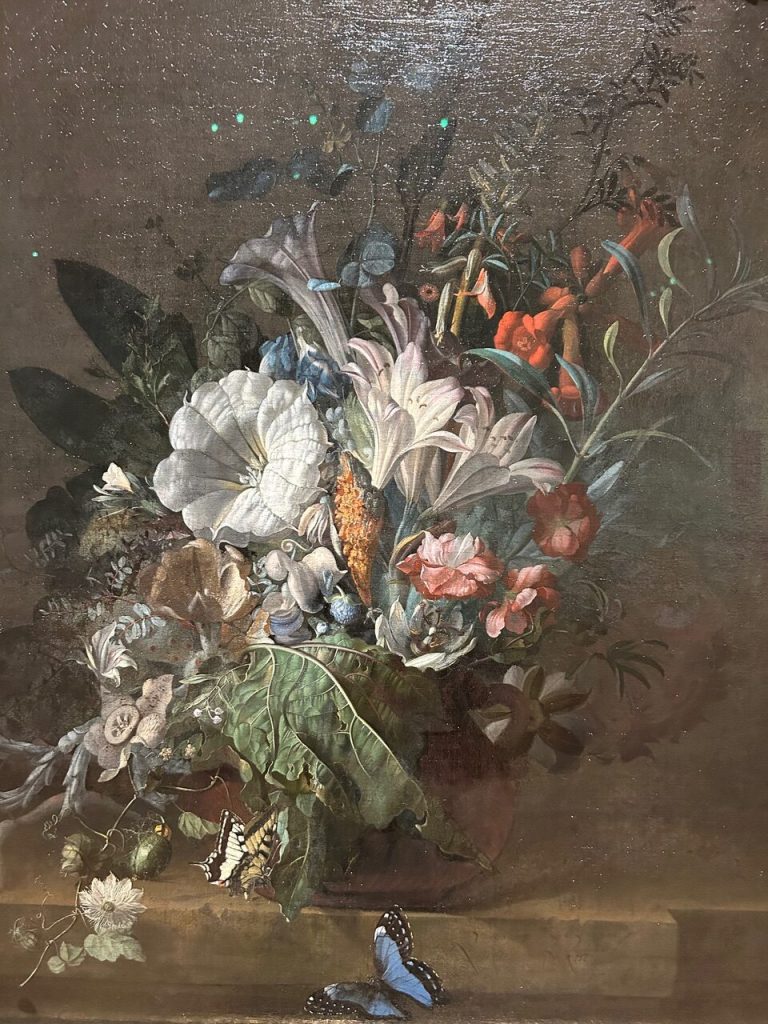


This is a generous presentation of an important, previously neglected artist, revealing a great deal about Dutch visual culture by way of technically magnificent paintings. It’s also worth noting that although the woefully parsimonious wall label “Dutch Colonialism and Natural Science” provides the only hint of colonial depredation in the show itself, the scholarly catalogue fully registers Ruysch’s larger significance as a lens on the often dubious record of the Dutch colonial empire, under whose auspices flowers from Africa, Asia, and the New World were gathered with the help of enslaved labor in the service of ambitious international trade. Perhaps future shows of her work, curators could locate some of this context in more convenient proximity to the paintings themselves, which, in addition to providing full historical disclosure, might attract a wider audience. That said, the pictures still speak eloquently for themselves.

“Rachel Ruysch: Nature into Art,” Toledo Museum of Art, 2445 Monroe Street, Toledo, OH. Through July 27, 2025. Coming from Alte Pinakothek, Munich, going to the Museum of Fine Arts, Boston.
About the author: David Carrier is a former Carnegie Mellon University professor, Getty Scholar, and Clark Fellow. He has published art criticism in Apollo, artcritical, Artforum, Artus, and Burlington Magazine, and has been a guest editor for The Brooklyn Rail. He is a regular contributor to Two Coats of Paint.

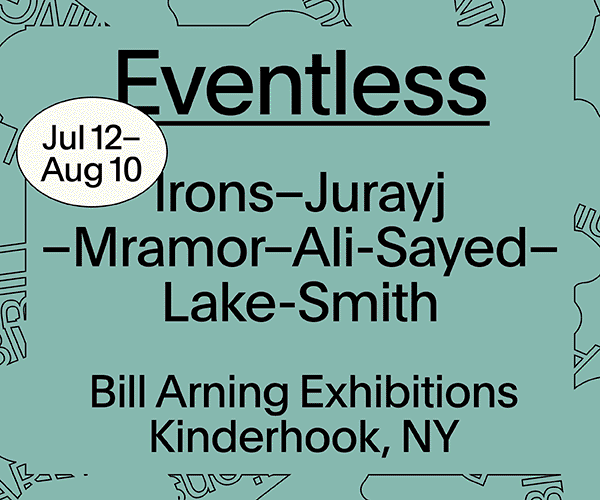
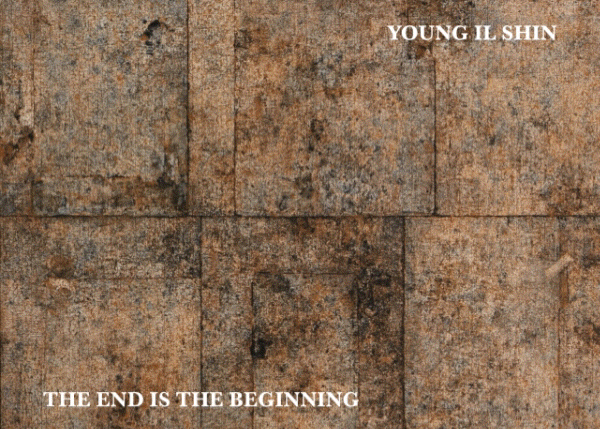
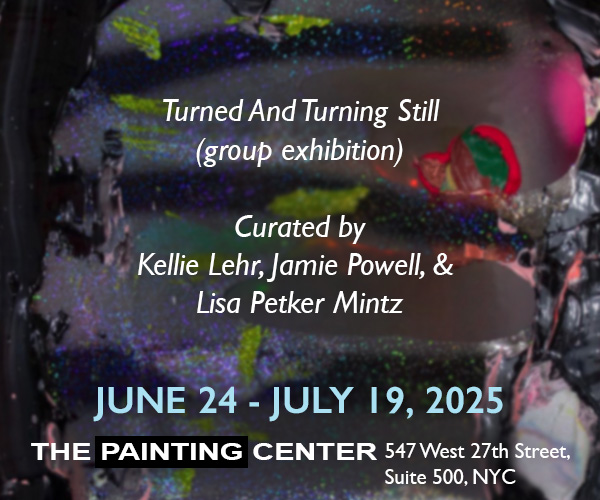
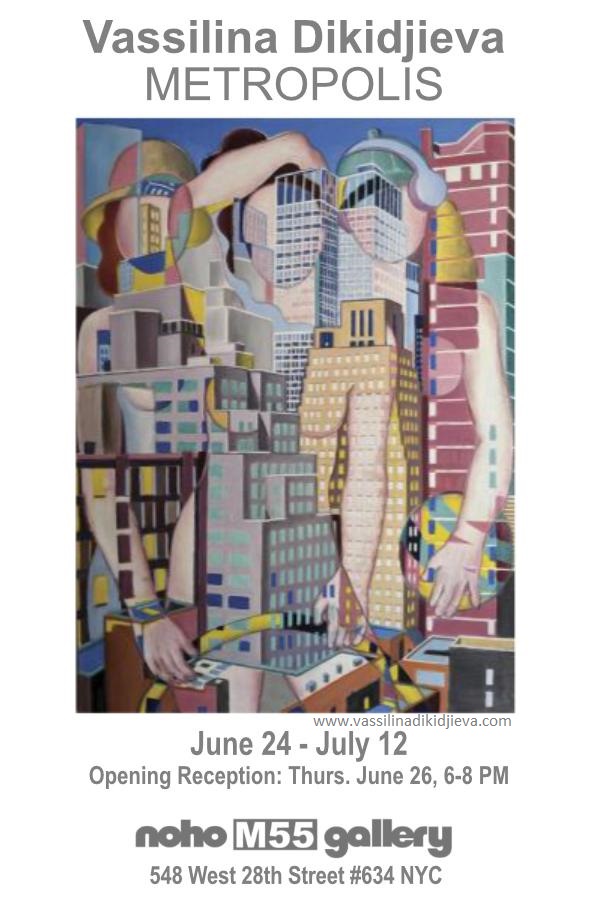
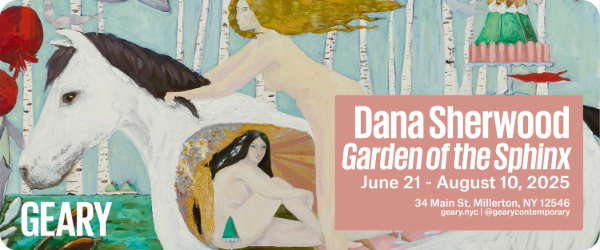










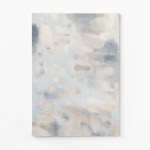

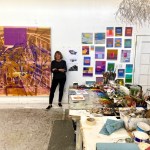
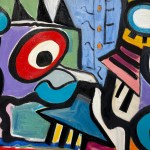
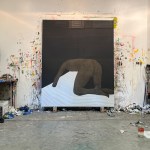
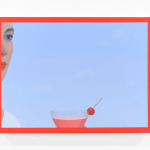
Thank you for this lovely article. Ruysch’s work inspired a series of paintings I made several years ago.